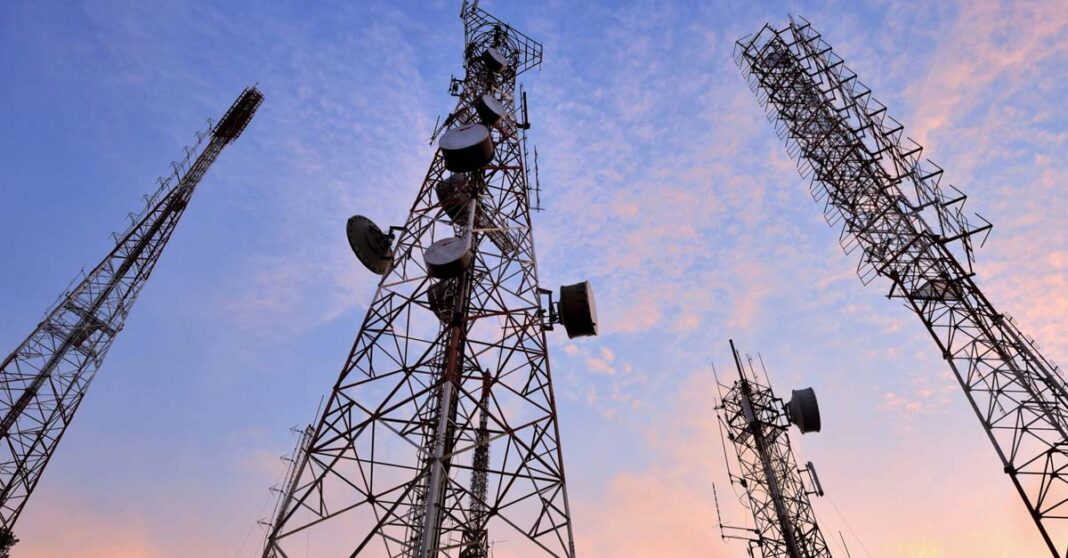Laos has achieved a big step in its telecommunications system by adding fiber optic cable that stretches 98,524 kilometers. This means more villages across the country can now get mobile phone signals.
As of now, over 6.1 million mobile phone numbers across Laos have been issued, enabling internet usage, with the public opening more than 4.6 million accounts. Minister of Technology and Communications Boviengkham Vongdara highlighted these achievements during a press conference for the 159th anniversary of the World Telecommunication and Information Society on 17 May.
With a specific count of 6,113,455 registered mobile phone numbers, the Ministry of Technology and Communications aims to increase this figure to 6.5 million soon. Also, there are 4,614,752 registered internet users, approaching the ministry’s target of 4.7 million accounts.
Boviengkham reported that mobile phone coverage has expanded to reach 8,245 villages across 148 districts in 18 provinces, covering 97 percent of villages nationwide, with the majority of network users utilizing 3G and 4G access. Meanwhile, the introduction of 5G high-speed internet earlier this year in Vientiane, Luang Prabang, and Bokeo provinces also represents a significant advancement in connectivity.
Currently, Laos hosts five telecommunication service providers and over 20 internet companies, contributing to the country’s economy. In 2023 alone, these entities generated over LAK 5 trillion (USD 234 million) in revenue and paid more than LAK 391 billion (USD 18 million) in taxes to the government.
Additionally, in terms of regional connectivity, Laos has also strengthened its ties with neighboring countries, boasting 18 transmission links, including six with Thailand, five with Vietnam, two with Cambodia and Myanmar each, and three with China.
As World Telecommunication and Information Society Day is observed both globally and locally, it acknowledges the transformative impact of digital innovation. This innovation holds the potential to empower education by breaking down barriers through online platforms, revolutionizing healthcare through telemedicine, and fostering connections within communities through social media.
However, despite these advancements, millions still lack access to digital tools.



